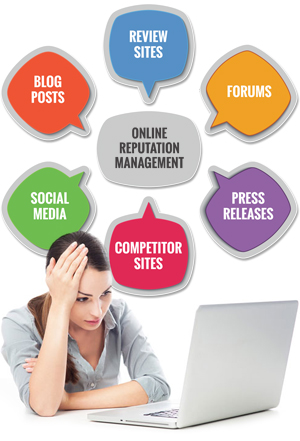
It makes use of machine learning, refined algorithms, and powerful processors to trace, gather, and arrange mentions from throughout the media panorama. Sure, the premise remains the same—to track a subject via the media—but the process has turn into infinitely more refined. So dive in, come up for air when you need to, and let’s all get to know media monitoring a little better. When you’re done reading, you is probably not an professional in the artwork and science that is media monitoring, however you’ll be well in your way.
Preventing conditions just like the one described above is just a fraction of what media monitoring can do on your group, and your career as a communications professional. exchange4media was arrange in 12 months 2000 with the aim of publishing area of interest, related and high quality publications for the advertising, advertising and media professionals.
Yet they’ve all but ignored reputational threat, mostly because they aren’t sure how to define or measure it. To defend status, a pacesetter should deliberately chorus from taking the credit on a regular basis. If a pacesetter is seen as hungry for honour on the expense of the team, he may get the honour but he’ll end up shedding the respect of his group members and with that goes down his reputation. To have a great popularity, never be in a haste to hang one other particular person. Great leaders all the time endeavour to give the other particular person advantage of the doubt. To give people good thing about the doubt is to imagine that they’re operating with one of the best of intentions even when the outcomes counsel one thing to the contrary. This gesture goes a great distance in building the leader’s reputation.
Dramatic changes in the amount of coverage affect how briskly and to what extent beliefs and expectations change. The massive volume and prominent display of tales on the backdating of stock choices in recent months is one instance of how the media may help set the agenda. The sharp drop in tales about insurance coverage brokers’ getting incentive funds from underwriters illustrates how the media may help relegate a scorching topic to the again burner. Influential NGOs that could make the company a target are one group of stakeholders that ought to be monitored. These include environmental activists; groups involved about wages, working conditions, and labor practices; shoppers’ rights groups; globalization foes; and animals’ rights groups.

Many executives are skeptical about whether such organizations are genuinely excited about working collaboratively with firms to realize change for the general public good. Interviews with them can be a great way of figuring out issues that won’t yet have appeared on the company’s radar display screen. There are quite a few examples of once-acceptable practices that stakeholders no longer think about to be satisfactory or moral. With the weakening of the keiretsu structure during the previous ten to 15 years, shareholder rights and takeovers have been on the rise. The altering beliefs and expectations of stakeholders are another main determinant of reputational threat. When expectations are shifting and the corporate’s character stays the identical, the status-reality gap widens and dangers enhance.

